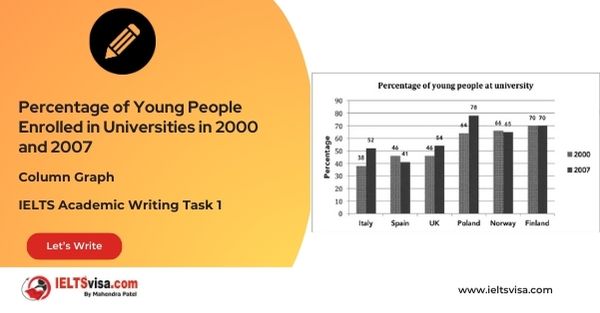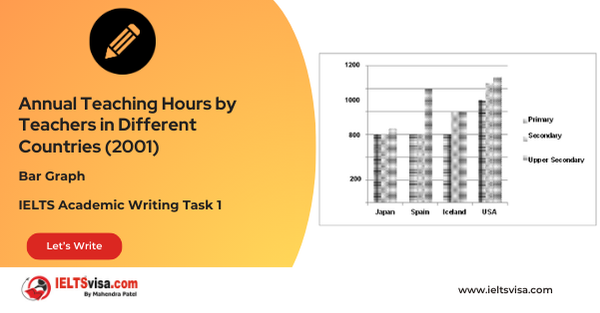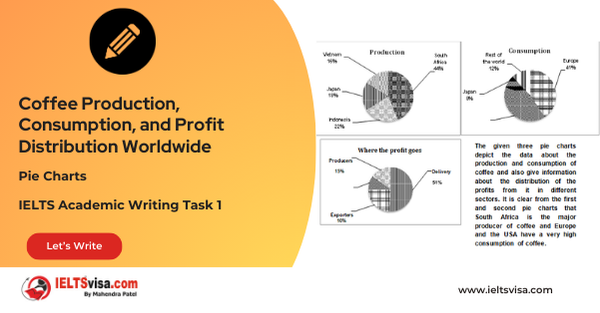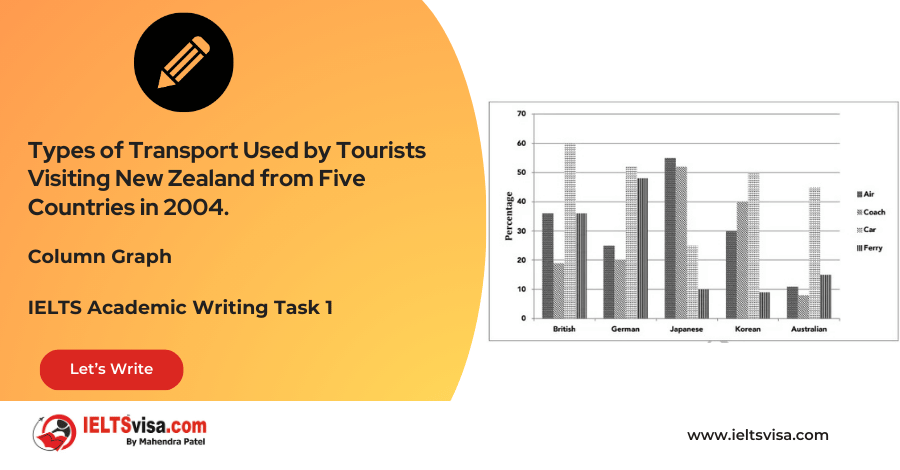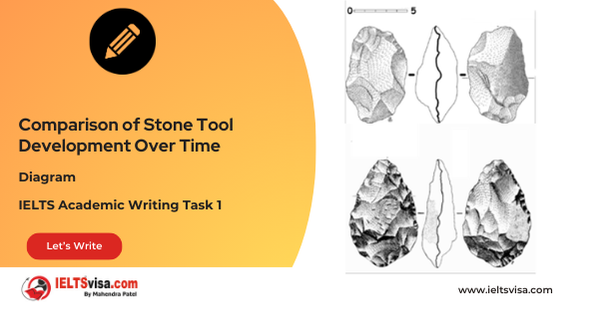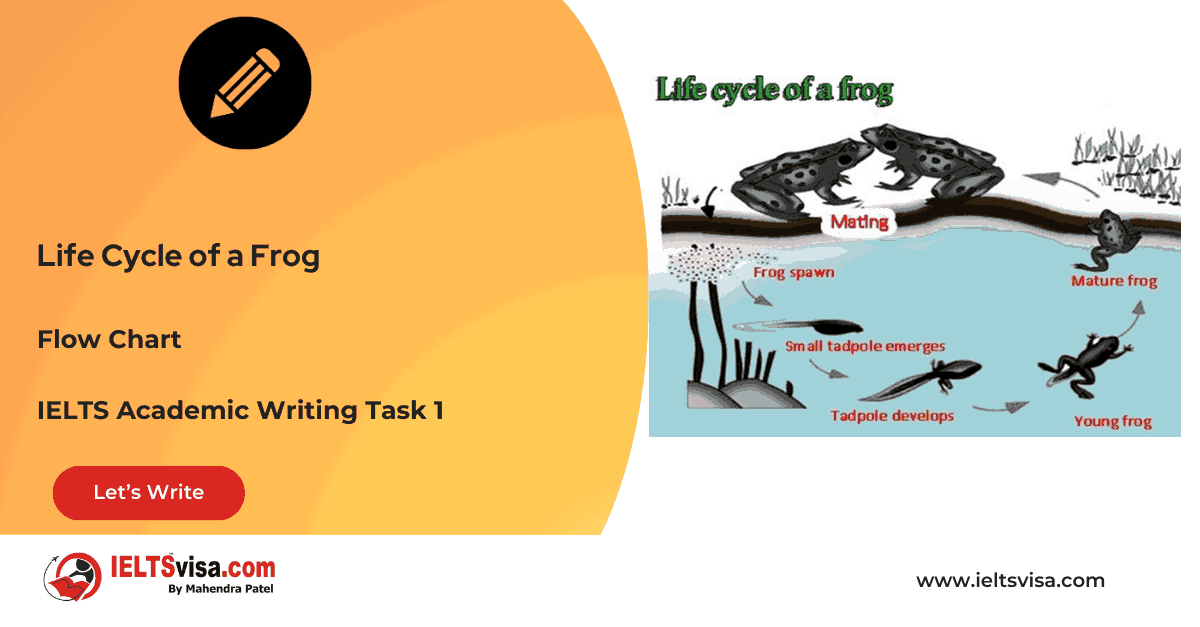Employment Types in 1998 and 2001
IELTS Academic Writing Task 1 - Diagram
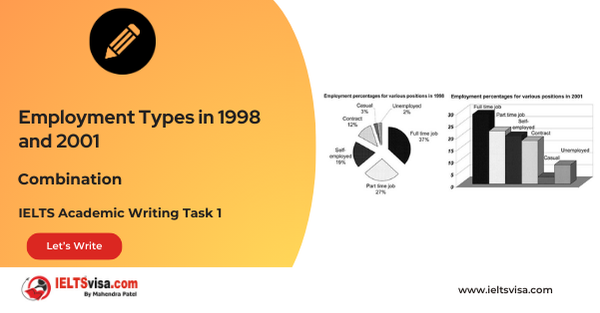
IELTS Writing Task 1 Question
Write a report for a university tutor describing the information shown.
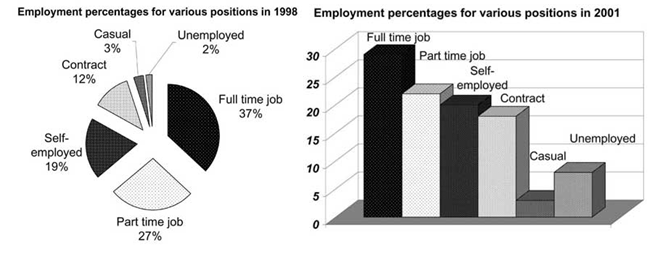
Common Questions for the Combination
1. Diagram Type: Bar Charts
2. Title: Employment Types in 1998 and 2001
3. What are the units of measurement? Percentage of the workforce
4. Who: University tutors, labor economists, researchers
5. When: 1998 and 2001
6. Where: General, potentially an international or national labor study
7. Topic: Changes in employment types between 1998 and 2001
Detailed Process and Observations
Summary of Data: The two charts illustrate the distribution of employment types—casual, unemployed, full-time job, part-time job, self-employed, and contract—among the workforce in 1998 and 2001. It is evident that full-time workers were the largest group in both years, although their percentage decreased, while the proportion of unemployed people and contract workers increased.
- Full-Time Employment: In 1998, full-time workers made up 37% of the workforce, but this dropped to 28% by 2001.
- Part-Time Employment: Part-time workers accounted for 27% in 1998 and fell to 20% in 2001.
- Self-Employed: The percentage of self-employed workers remained steady at 19% in both years.
- Contract Workers: The proportion of contract workers saw a significant rise from 12% to 18%.
- Casual and Unemployed: Casual workers remained at 3%, while the number of unemployed workers rose dramatically, increasing from 2% in 1998 to 7% in 2001.
Sample Answer
The two charts present data on various employment types in 1998 and 2001.
Overall, it is apparent that full-time employment was the most common form of employment in both years, though its share of the workforce declined, while other types of employment saw noticeable shifts.
In 1998, 37% of people held full-time jobs, followed by 27% in part-time positions, 19% self-employed, and 12% on contract. Casual workers and the unemployed made up just 3% and 2%, respectively.
However, by 2001, the percentage of full-time workers dropped to 28%, and part-time workers decreased to 20%. The proportion of self-employed individuals remained constant at 19%, but contract workers increased significantly to 18%. The most notable change occurred in unemployment, which more than tripled to 7%.
Top 27 Vocabulary
Vocabulary |
Meaning |
Synonyms |
Examples |
Vocabulary Type |
|---|---|---|---|---|
| Proportion | The part or share of a whole | Percentage, fraction, part | Full-time workers made up the largest proportion of the workforce. | Noun |
| Shift | A change or move in position or direction | Change, movement, alteration | There was a noticeable shift in the number of contract workers. | Noun |
| Dramatically | In a striking, noticeable manner | Significantly, substantially | Unemployment rose dramatically between 1998 and 2001. | Adverb |
| Steady | Constant or unchanging | Stable, consistent, constant | The proportion of self-employed workers remained steady. | Adverb |
| Decline | A decrease or reduction | Fall, drop, decrease | The percentage of full-time workers showed a decline. | Noun |
| Employment | The condition of having a paid job | Work, occupation | “Employment types varied significantly between 1998 and 2001.” | Noun |
| Casual | Temporary or irregular in nature | Temporary, informal | “Casual workers accounted for only a small percentage in both years.” | Adjective |
| Workforce | The total number of people employed or available for work | Labor force, employees | “The workforce composition shifted noticeably by 2001.” | Noun |
| Contractual | Relating to an agreement or contract | Binding, formal | “Contractual employment saw a significant rise over the three years.” | Adjective |
| Unemployment | The state of not having a job | Joblessness, redundancy | “Unemployment more than tripled between 1998 and 2001.” | Noun |
| Proportionate | Corresponding in size or amount | Balanced, relative | “The rise in unemployment was proportionate to the drop in full-time jobs.” | Adjective |
| Self-employed | Working for oneself rather than for an employer | Freelance, independent | “The percentage of self-employed individuals remained unchanged.” | Adjective |
| Variation | A change or difference in condition or level | Fluctuation, diversity | “There was significant variation in employment types over the years.” | Noun |
| Prominent | Standing out or being easily noticeable | Dominant, notable | “Full-time employment remained the most prominent category in both years.” | Adjective |
| Increment | An increase or addition, especially in a series | Rise, gain | “The increment in contract workers was substantial.” | Noun |
| Constitute | To make up or form a part of something | Comprise, account for | “Full-time workers constituted the largest share in 1998.” | Verb |
| Surge | A sudden increase | Jump, escalation | “The unemployment rate experienced a surge between 1998 and 2001.” | Noun |
| Distribution | The way something is spread or allocated | Allocation, division | “The distribution of employment types showed major changes over the years.” | Noun |
| Fluctuate | To rise and fall irregularly in number or amount | Vary, oscillate | “Part-time employment fluctuated between 1998 and 2001.” | Verb |
| Stagnant | Showing no change or growth | Unchanging, static | “Self-employment figures were stagnant over the period.” | Adjective |
| Transformation | A thorough or dramatic change in form or appearance | Change, shift | “There was a transformation in the composition of the workforce.” | Noun |
| Notable | Worthy of attention or notice | Significant, remarkable | “The increase in contract workers was particularly notable.” | Adjective |
| Contract | A formal agreement between two or more parties | Agreement, deal | “The rise in contract employment highlights a shift in work preferences.” | Noun |
| Composition | The makeup or structure of something | Structure, arrangement | “The workforce composition saw notable changes over the three years.” | Noun |
| Plummet | To fall or drop suddenly and steeply | Decrease, plunge | “Full-time employment plummeted by 9% over the observed period.” | Verb |

Our Books
Master IELTS Speaking Part 1
IELTS Writing Task 1 Book
IELTS Writing Task 2 Book
Writing Task 1 Question Types
Practice IELTS Other Modules
IELTS Listening
The IELTS Listening test assesses how well you can understand spoken English in various contexts. It lasts about 30 minutes and is divided into four sections with a total of 40 questions. The listening tasks become increasingly difficult as the test progresses.
IELTS Academic Reading
The IELTS Academic Reading section assesses your ability to understand and interpret a variety of texts in academic settings. It is designed to evaluate a range of reading skills, including skimming for gist, reading for main ideas, reading for detail, understanding inferences, and recognizing a writer's opinions and arguments.
IELTS Speaking
The IELTS Speaking test assesses your ability to communicate in English on everyday topics. It lasts 11-14 minutes and consists of three parts: introduction, cue card, and a discussion based on the cue card topic.
IELTS General Reading
IELTS General Reading tests your ability to understand and interpret various types of texts. Here are some key areas and types of content you can expect to encounter in the reading section, along with tips for effective preparation.
IELTS Academic Writing Task 1
In IELTS Academic Writing Task 1, you are presented with a visual representation of information, such as graphs, charts, tables, or diagrams, and you are required to summarize, compare, or explain the data in your own words.
IELTS General Writing Task 1
In IELTS General Writing Task 1, you are required to write a letter based on a given situation. The letter can be formal, semi-formal, or informal, depending on the prompt. Here’s a breakdown of the key components to include in your letter
IELTS Academic Writing Task 2
In IELTS Academic Writing Task 2, you are required to write an essay in response to a question or topic. Here’s a guide to help you understand the essential elements of this task
IELTS Exam Tips
To succeed in the IELTS exam, practice regularly, familiarize yourself with the test format, improve your vocabulary, develop time management skills, and take mock tests to build confidence.
Grammer for IELTS
Grammar is the foundation of effective communication in English. Understanding tense usage, subject-verb agreement, and sentence structure enhances clarity and coherence in writing and speaking.
Vocabulary for IELTS
Vocabulary plays a crucial role in the IELTS (International English Language Testing System) exam, especially in the Speaking and Writing sections. Here’s an overview of why vocabulary is important and how it impacts your performance
RECENT IELTS SAMPLES QUESTIONS AND ANSWERS
20:00 Start Pause Stop [df_adh_heading title_infix="IELTS Writing Task 1 Question" use_divider="on"...
20:00 Start Pause Stop [df_adh_heading title_infix="IELTS Writing Task 1 Question" use_divider="on"...
20:00 Start Pause Stop [df_adh_heading title_infix="IELTS Writing Task 1 Question" use_divider="on"...
20:00 Start Pause Stop [df_adh_heading title_infix="IELTS Writing Task 1 Question" use_divider="on"...
20:00 Start Pause Stop [df_adh_heading title_infix="IELTS Writing Task 1 Question" use_divider="on"...
20:00 Start Pause Stop [df_adh_heading title_infix="IELTS Writing Task 1 Question" use_divider="on"...

